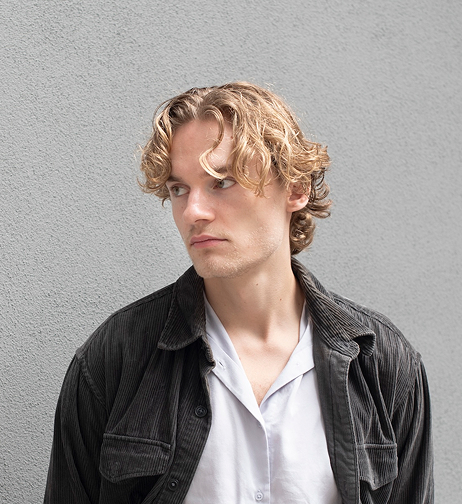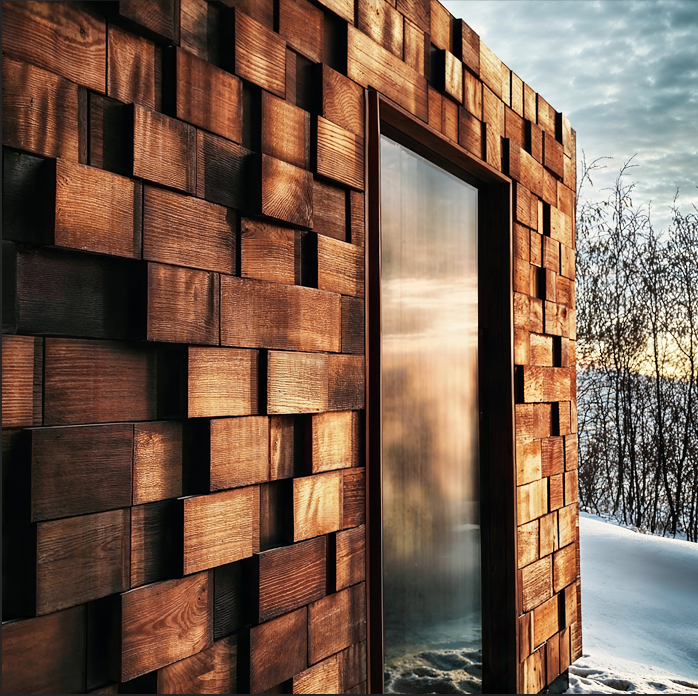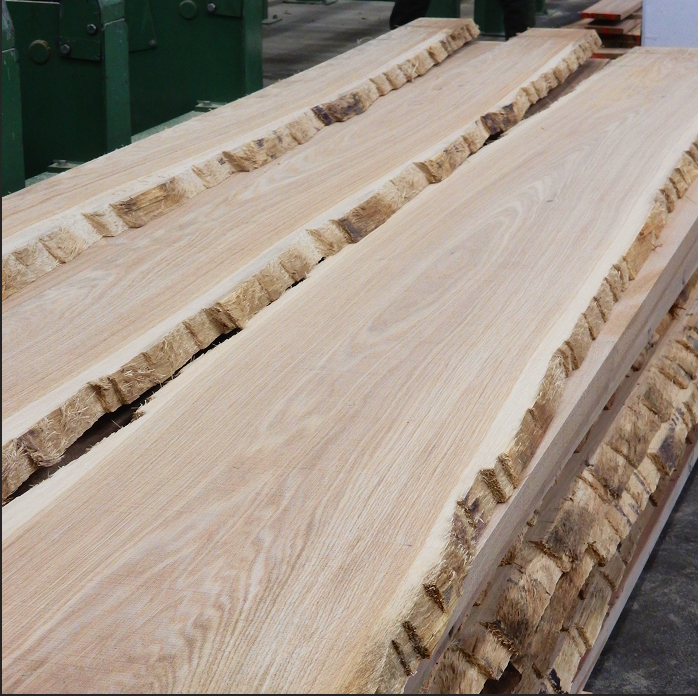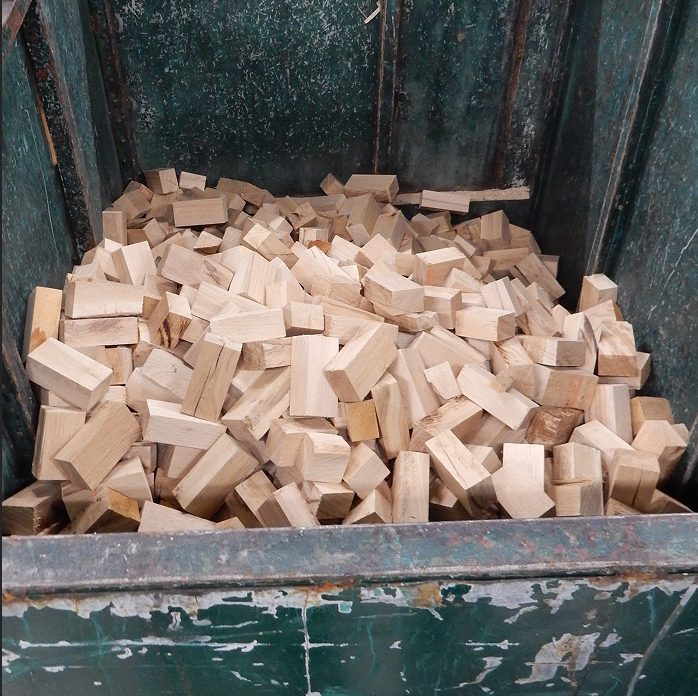Zora
CONCEPT
A Sauna Concept from GIR’s Ecosystem
This project proposes a compact sauna whose exterior is built from GIR’s own hardwood offcuts – turning internal waste into architecture and expanding the new subbrand beyond furniture.
This compact 4-person sauna concept is made mainly from recycled hardwood offcuts from GIR’s furniture production. Using locally sourced timber processed in-house, it combines natural insulation and a flat-pack laminated frame. The design highlights material reuse, sustainability, and modularity, with potential to expand into other wellness products.
TEAM
Everything you can say about yourself is not you.
As a kid, I was a gamer. As a teenager, photography took over. These two led me to tech and art: I’ve worked as both a programmer and a photographer, but each field lacked something the other had—so I turned to media design. My passion lies in blending technology with art. I love to experiment, and lately, 3D, creative coding and AI have been my main focus.
In team projects, I enjoy being involved from concept to final execution. I believe discussions should serve the best solution, not just defend personal ideas.

Nils SOrger is a Berlin-based industrial designer with a strong hands-on approach.
His work is driven by a deep interest in new materials, production methods, and cultural research, ranging from traditional craftsmanship to emerging technologies.
With experience across disciplines such as forging, glassmaking, and additive manufacturing, he cultivates a material-driven process that is open, exploratory, and rooted in making.
His practice is shaped by continuous learning and unlearning, always questioning how and why things are made. At its core lies a curiosity for transformation – of materials, methods, and perspectives.

PROCESS
Concept
Recycled Wood for Cladding
The 4-person sauna weighs approximately 600–1100 kg, with 30–50% of that weight coming from solid hardwood offcuts – primarily oak and ash – sourced as recycled material from GIR’s furniture production for the exterior and interior cladding.

Concept
Regionally Sourced Aspen
For the sauna interior, GIR uses its own processed aspen timber. The raw trunks – sourced regionally – are debarked, kiln-dried, and milled in-house using GIR’s existing infrastructure. As a result, all thermal wood components remain within GIR’s own production loop, ensuring quality and traceability.

Concept
Flat-Pack Structure with Natural Insulation
The core frame uses laminated GIR timber for flat-pack assembly, while the heating module is outsourced from a external supplier. Natural, breathable insulation like wood fiber or hemp mats replace synthetic materials.

From Log to Plank at GIR
At GIR’s own sawmill, oak and ash logs—sourced from regional forests – are debarked and cut into dimensional planks for furniture production.

From Log to Fraction
During this step, significant offcut material is produced – typically from trimming, squaring, and eliminating unusable edges. The final product represents only one-sixth of the wood used during production.

Offcuts during Production
Once planed and dimensioned, planks undergo defect marking to identify knots, cracks, and irregularities; these flawed sections and trimmed ends are manually removed, producing many offcuts with consistent height – ideal for sauna cladding – while variations in width and depth remain part of the design.

Implementation
Utilizing Offcuts for Sauna Cladding
Exterior panels are built from vertically stacked hardwood elements, attached to a secondary frame with hidden fasteners. The visual result is a calm, architectural surface with tactile depth and minimal ornamentation.

Implementation
Closed-Loop Manufacturing
Unlike conventional sauna products, which often rely on tropical woods or industrial insulations, this concept is entirely built from GIR’s existing supply chain. No external processing is needed. Every part of the object either reuses waste or is made from renewable raw wood in GIR’s own system.

Scalability
Beyond the Sauna
This concept can be adapted into various wellness elements, such as a hot tub or an ice bath. Each follows the same sustainable and modular design principles.

EXPERIENCE
The NextGen Design residency was a truly defining experience for me, not just because of the knowledge I gained during the five days, but also because of the meaningful human connections I made.
I had no prior experience with furniture design, so it was great to get a glimpse into this industry. The challenge was tough, but incredibly exciting!
Balint Ligeti
What stayed with me most was the exchange – so many young designers from across Europe, all curious, open, and full of ideas. Belgrade’s energy, the food, the warmth – it was the perfect setting for a week of learning and sharing.
I’m already looking forward to coming back.
Nils Sorger








